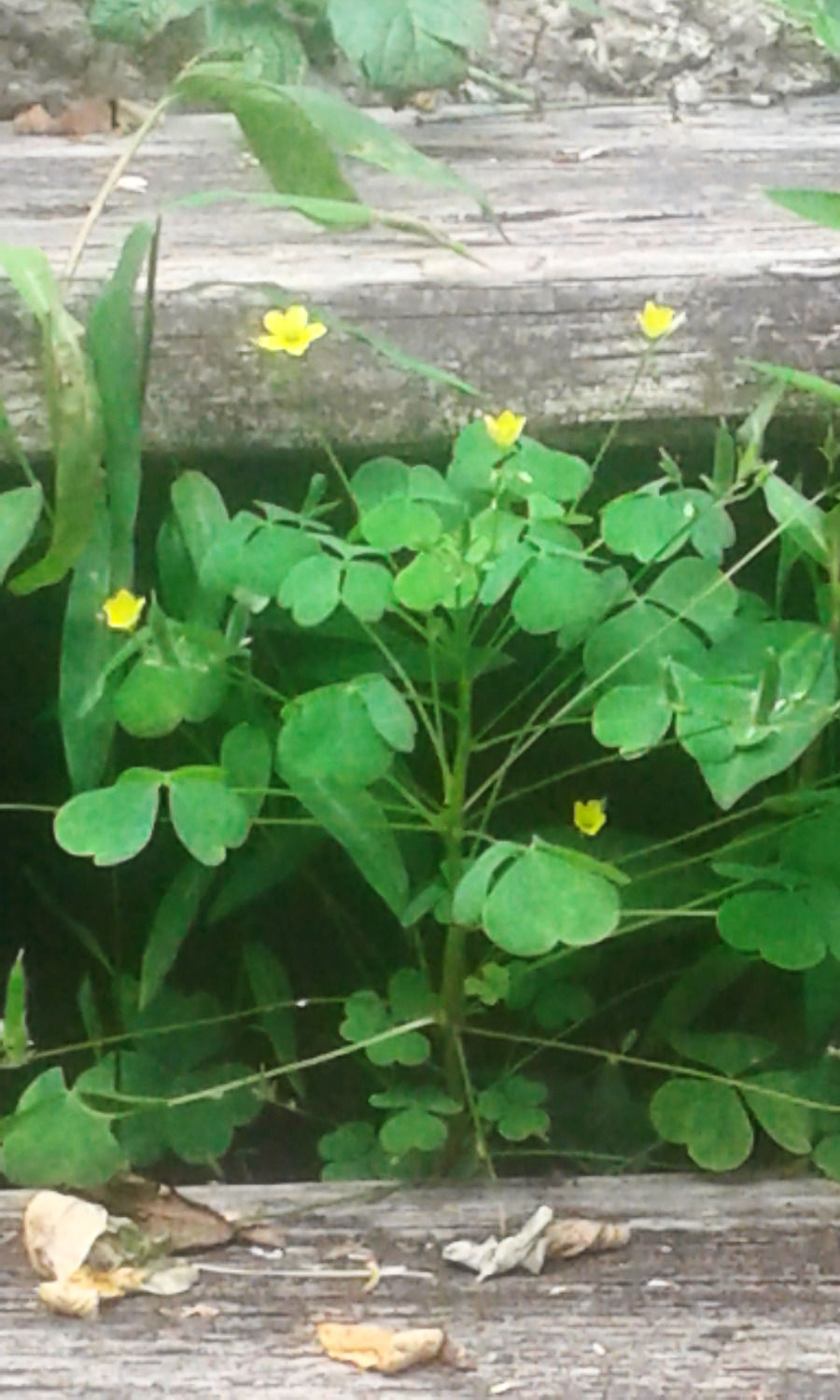How Weeds Will Save the Earth
- cseupel
- Sep 17, 2018
- 2 min read

Never have the weeds seemed more lush than this Labor Day weekend. They are crowding the sides of the roads, the cracks in the pavement, vacant lots and occupied territory. Their vitality is overwhelming the neighborhood.
How appropriate for Labor Day, the upstart of 1885, a celebration to honor union workers. What greater laborer than the weed? If the rose is the hothouse grandee, tended and waited upon, then the weed is the true worker of the soil. Muscling into every crevice, sprouting across barren stretches, weeds even pop a flower or two as if to trick us into nurturing them.
The yellow trefoil (Medicago lupulina, aka black medic) is a

“noxious weed” with a pretty little yellow flower. It’s common on lawns and can appear to be clover because of its three-leaf arrangement. Then there is the lovely mix of yellow dandelions and purple violets that like to spread through lawns in early summer. But my all time favorite is the cornflower, cultivated by some as a wildflower or a garden

ornament, but in truth, a weed. Cornflowers got their name from their unwelcome appearance in cornfields and other crops.
Once I grew a huge square of cornflowers next to my husband’s shop in Williamsburg, Brooklyn. A broken hydrant had been removed and an ugly hole in the sidewalk cried out for something to soften it. True to form, my cornflowers grew like weeds, tall and possessive in no time. My little boy Spencer used to crouch and hide in their midst, thinking I couldn’t see him behind the still flowers, the same color as his eyes.
My prejudice in appreciating weeds may, I must confess, be founded upon the fact that I do not garden, nor do I mow. The crabgrass and chickweed do not trouble me. I’m too busy appreciating the tenacity of nature. Do you ever notice how, in all those diasporic, after-the-apocalypse movies, it is weeds that are reclaiming the deserted cities?

Deserted home near Chernobyl
Weeds are the first to survive and thrive after disaster. Weeds, tough and hardy workers, can reduce rubble to earth and transform earth into new life, inviting (as they have in the Chernobyl area) all manner of insect and animal. After all is said and done, weeds just might be our saviors.
Sources:
https://www.dol.gov/general/laborday/history
http://www.better-lawn-care.com/lawn-weed-identification.html#axzz5QJbuqDgV
http://www.josephinesjournal.com/cornflowers.htm
https://www.almanac.com/content/common-garden-weeds
Chernobyl photo by Guy Corbishley/Alamy Stock Photo




























Comments